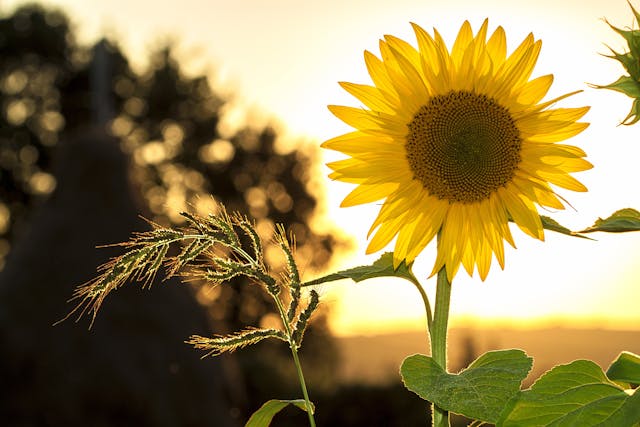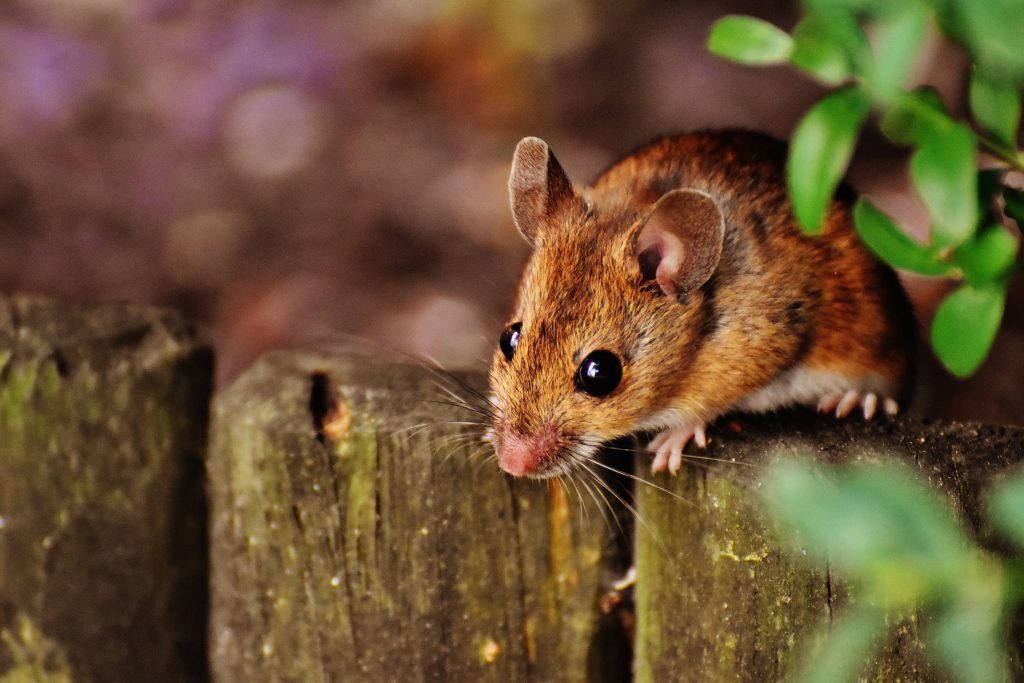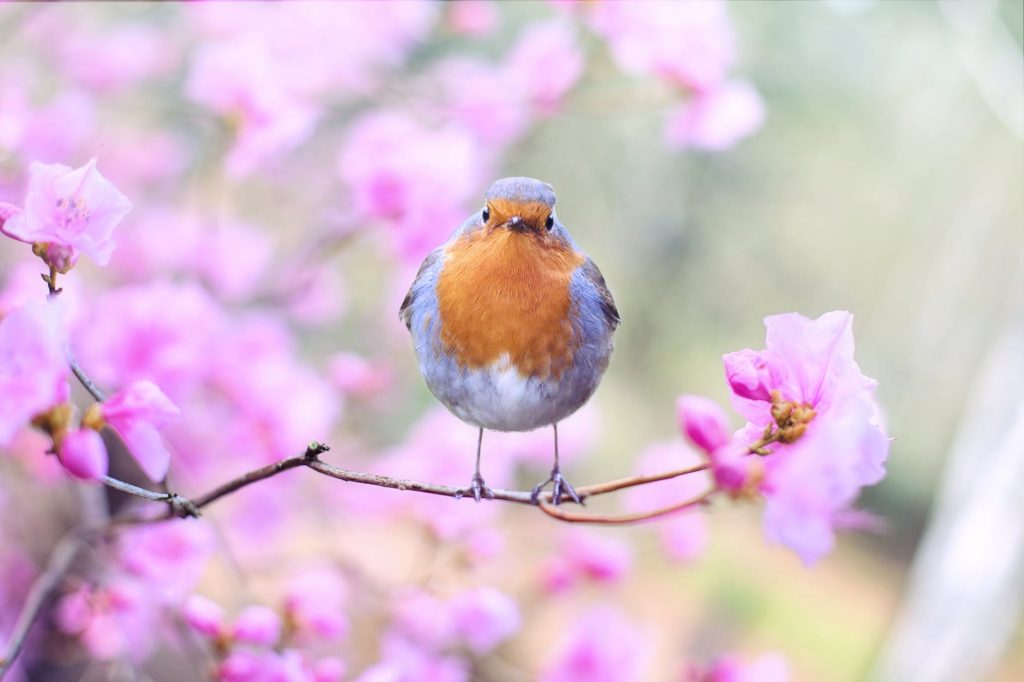![1. Bourneville Maypole: The Queen's Basket by Pete Ashton via Flikr Creative Commons [CC BY-NC 2.0 DEED]](https://www.myenglishlanguage.com/wp-content/uploads/2024/05/May-Day-May-pole-dancing-jpg.webp)
We’re exploring the history and cultural significance of May Day and how it can be integrated into the classroom to enhance language learning. May Day is celebrated on the first day of May each year, holding a special place in the hearts of many around the world in its association with springtime and workers’ rights.
Read on to explore the origins of this international holiday and discover how we can use it in the classroom for a fun May Day EFL lesson. We’ve also added a vocabulary list, gap fill challenge, mini quiz and quickfire questions to help students test their knowledge of springtime vocabulary!
May Day History and Significance
May Day traces its roots back to ancient pagan festivals that celebrated the arrival of spring and the renewal of life, such as maypole dancing and flower crowns.
Over time, these celebrations evolved to incorporate themes of workers’ rights.
The day became intertwined with the labour movement in the late 19th century and early twentieth century, coming to particular prominence in the US after the Haymarket affair in Chicago in 1886, a protest calling for an 8-hour working day.
This led to the establishment of International Workers’ Day.
British workers also began using May Day as a day to advocate for fair wages and improved working conditions.
The day continues to be observed by trade unions, workers’ rights organisations and activists who hold rallies, protests and demonstrations to mark the occasion.
Today, alongside its association with springtime and renewal, May Day also serves as a powerful symbol of solidarity, workers’ rights and the triumph of social justice.
When is May Day in relation to Easter?
May Day always falls on May 1st. It is a traditional festival marking the start of summer in many cultures. In contrast, Easter is a movable festival based on the lunar calendar. Easter usually falls between March 22nd and April 25th.
Incorporating May Day into the TEFL Classroom
May Day provides a rich opportunity to engage students in meaningful discussions and activities about this seasonal event, while expanding their vocabulary and grammar skills.
Through May Day-themed lessons, students can learn vocabulary related to springtime, labour and activism, and practise grammar structures in context.
EFL May Day Lesson Plan
Here are a few ideas for a May Day EFL lesson plan:
Warm-up activity: Begin by discussing springtime traditions and festivals around the world. This is a great way of encouraging students to share their own experiences and cultural practices.
Vocabulary building: Introduce related words and phrases through a fun word search or matching activity. Include words like “maypole,” “flower crown”, “dancing”, “solidarity,” “political“, “protest”, “rights”, “springtime” and “celebration.”
- Use our suggested Gap Fill exercise, Mini Quiz and Quickfire Questions on this page to help students practise springtime vocabulary.
Grammar focus: Practice the present simple tense by describing customs and traditions. For example, “People around the world dance around maypoles,” or “Workers march in parades to demand better rights.”
Speaking practice: Divide students into pairs or small groups and ask them to role-play some typical celebrations or engage in discussions about workers’ rights and activism.
Writing task: Assign a writing task where students write a short essay or journal entry about their personal experiences of May Day or their opinions on workers’ rights. This task encourages creativity and critical thinking, and it can also be combined with a discussion of the texts afterwards.
Reflection and feedback: Wrap up the lesson by reflecting on students’ learning experiences and discussing the significance of this special day. Students can share their own ideas about May Day and suggest other ways to engage with the themes.
May Day is more than just a holiday and time for celebrating spring, it’s also a celebration of resilience, solidarity and the power of collective action.
By incorporating this day into the TEFL classroom, we can not only teach language skills but also foster cultural awareness and empathy. Let’s embrace the spirit of May Day!
May Day Springtime Vocabulary
Here is a list of useful vocabulary related to springtime and May Day celebrations. Students can use these words to help complete the following Gap Fill challenge, Mini Quiz and Quickfire Quiz!
Maypole – A tall wooden pole decorated with ribbons that people dance around during May Day celebrations.
Blossom – The flowers that appear on trees in spring, such as cherry blossoms.
Festival – A special event or party, usually with music, dancing and food. May Day is one of the oldest festivals.
Petal – The colorful part of a flower.
Garland – A chain made of flowers or leaves, worn around your head or neck, or used as decoration.
Merry – A word meaning happy and full of fun.
Bloom – When flowers open up and show their colors. E.g. you can say “The garden is in full bloom” when everything is looking its best.
Tradition – Something that people have done in the same way for many years. Dancing on May Day is a tradition in many countries.
Sprout – When a new plant begins to grow. You’ll see lots of sprouts in spring as the earth wakes up.
Parade – A big group of people marching or dancing through the streets in celebration. A May Day parade is full of colour and music.
Dew – Tiny drops of water that you find on grass in the early morning. Spring mornings are often covered in fresh dew.
Ribbon – A long, thin strip of fabric used for decoration, especially on the Maypole.
Equinox – The time of year when day and night are about the same length. The spring equinox means longer days are on the way.
Fertile – Describes soil that is rich and good for growing plants.
Harvest – The time when crops are gathered from the fields. May Day is linked to older farming traditions that celebrate a good harvest.
Vocabulary Gap Fill Challenge
Fill in the blanks in the below text using these words:
Maypole, blossom, festival, petal, garland, merry, bloom, tradition, sprout, parade, dew, fertile, ribbon, equinox, harvest
Every year, people dance around the __________ (1) with colorful __________ (2) to celebrate May Day. In spring, tiny plants begin to __________ (3) from the soil, and the trees are covered in __________ (4).
A May Day __________ (5) often includes music and dancing. It’s a __________ (6) in many countries to wear a __________ (7) made of flowers during the celebrations.
Early in the morning, you can see __________ (8) shining on the grass, a sure sign that spring is here. The farmers hope the ground stays __________ (9) so they’ll have a good __________ (10) later in the year.
When flowers __________ (11), they show off their bright __________ (12), making gardens look beautiful. The spring __________ (13) means that days and nights are the same length, and soon the days will be longer.
Everyone feels __________ (14) at the __________ (15) because it’s a time of joy and new beginnings.
Answers:
- Maypole
- ribbon
- sprout
- blossom
- festival
- tradition
- garland
- dew
- fertile
- harvest
- bloom
- petals
- equinox
- merry
- parade
May Day Mini Quiz
Create a fun mini quiz for the EFL class with the following questions. Students can play in pairs or individually to answer the following questions. The pair who get the most questions right wins the quiz.
1. What is a Maypole decorated with?
– Ribbons.
2. What do you call the soft, colorful parts of a flower?
– Petals.
3. What does it mean when flowers “bloom”?
– They open up and show their colors.
4. What’s the name of a special event or party with music and dancing?
– A festival.
5. What’s a garland made from?
– Flowers or leaves.
6. What word means happy and full of fun?
– Merry.
7. What tiny plants start growing in spring?
– Sprouts.
8. What happens at a parade?
– People march or dance through the streets to celebrate something.
9. What is the spring equinox?
– The time when day and night are about the same length.
10. What is dew?
– Tiny drops of water that collect on grass in the morning.
11. What does “fertile” mean?
– Soil that’s rich and good for growing plants.
12. What’s the word for gathering crops from the fields?
– Harvest.
13. What is a tradition?
– Something people have done in the same way for many years.
14. What’s another word for the flowers on trees in spring?
– Blossom.
Springtime Quickfire Questions
Use the following questions to practise the same vocabulary with quick answers. Students can call out the answers individually or in teams. This is a fun way to finish the lesson!
– What do you wear around your head that’s made of flowers?
– What season comes after winter?
– What covers the ground in the early morning and looks like tiny drops?
– What do you call the long, thin piece of fabric used on a Maypole?
– What word means the soil is good for planting?
– What do plants do when they start to grow and flowers show their colours?
– What do you call the time when crops are collected from the field?
– What natural event marks the start of longer days and shorter nights in spring?
Share your thoughts
- What are some of the ways in which May Day celebrations in your country differ from those described here?
- How do you think the historical significance of this day as a workers’ rights holiday influences its perception today?
- In what ways can teachers integrate cultural topics into language learning to enhance skills and cultural awareness?
- How does the celebration of May Day reflect broader themes of community, solidarity and social justice today?
- What other vocabulary do you associate with springtime?
Attributions
- Bourneville Maypole: The Queen’s Basket by Pete Ashton via Flikr Creative Commons [CC BY-NC 2.0 DEED]




